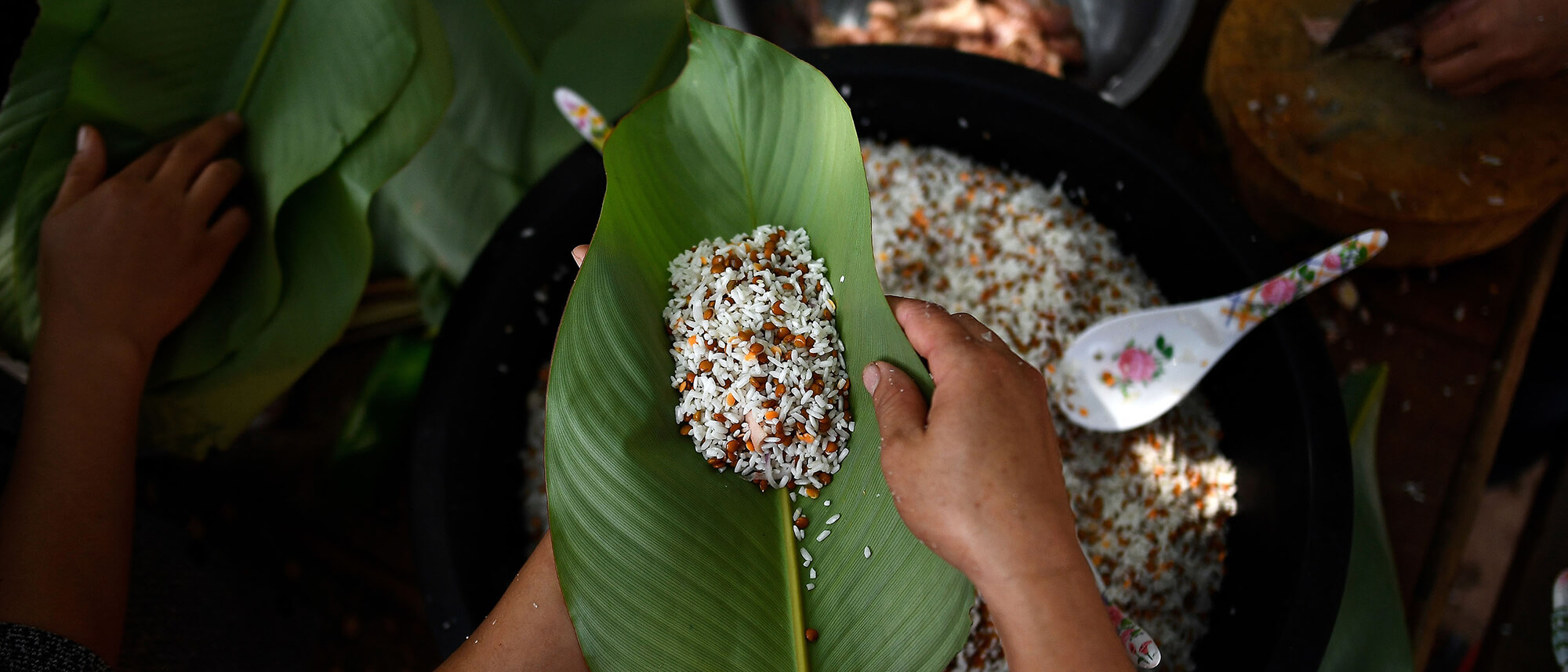
FAO/WHO GIFT is an open-access online platform aimed at providing access to harmonised data on what people eat - individual food consumption data. The platform is a growing data repository that leverages existing data to enable and support informed decision making to improve national food and nutrition policies. Datasets entered in the FAO/WHO GIFT database are disseminated through a web-based platform as microdata. FAO/WHO GIFT also provides indicators and summary statistics on foods and diets visualised through interactive dashboards. In addition, FAO/WHO GIFT also contributes to populating the FOSCOLLAB: Global platform for food safety data and information. FOSCOLLAB is a WHO tool that integrates multiple sources of reliable data to support food safety professionals as well as the FAO/WHO risk assessment process. These efforts contribute to strengthening nutrition information systems for improved, evidence-based decision making.
In this framework, FAO/WHO GIFT is active in many countries around the world, supporting national institutions, academia and NGOs to share their data through the platform, providing trainings and workshops on data harmonisation and use, and promoting the use of individual food consumption data to inform policies and actions.
Background
Many policy makers and programme managers still rely, today, on data related to the availability of food at national level (i.e. food supply data) or at household level (i.e. household survey data). While important, these data are not sufficient to assess the nutritional adequacy of the diet of different population groups, such as adolescent girls, pregnant and lactating women, small children, adult males, etc.
The availability of food at national level does not necessarily match the consumption of that same food at an individual level. There are economic, social, cultural and behavioural factors influencing food distribution between members of a single family, making it difficult to use food availability at household level as an indicator of effective food consumption by all household members. This discrepancy is even more relevant for food availability data at national level.
Individual food consumption data are being collected in many countries, including low-income countries. However, the data produced are largely under-utilised, due to poor dissemination and a lack of data harmonisation that prevents comparisons across periods of time, seasons and geographical locations. FAO/WHO GIFT platform aims to overcome these challenges.
Mission
FAO/WHO GIFT initiative aims to improve availability and access to individual quantitative food consumption data for policy makers, researchers and program planners to enable them to use existing data and evidence about what people eat. The initiative also aims to improve the quality of the data (existing and new) through harmonisation and sharing knowledge on data collection good practices.
